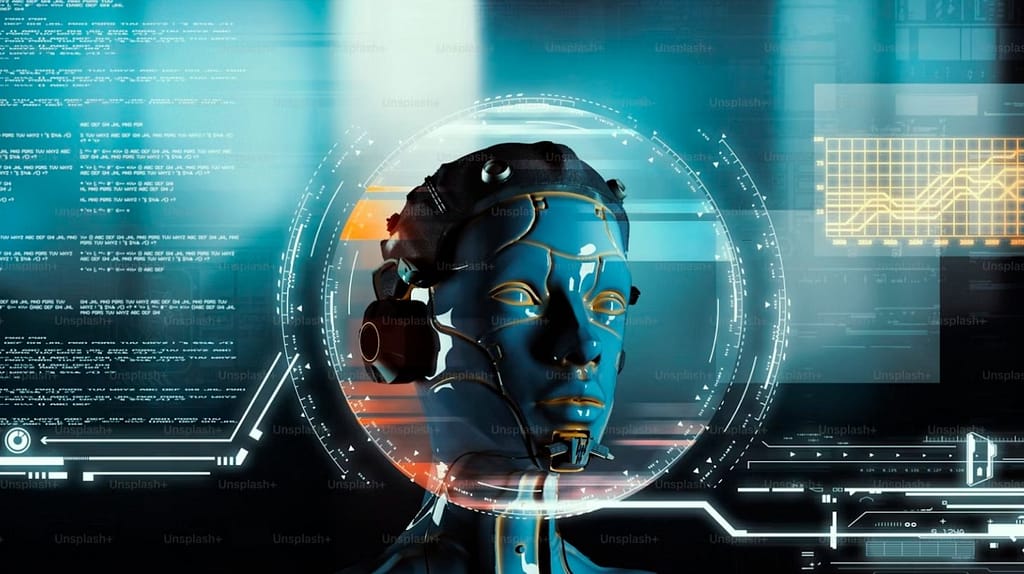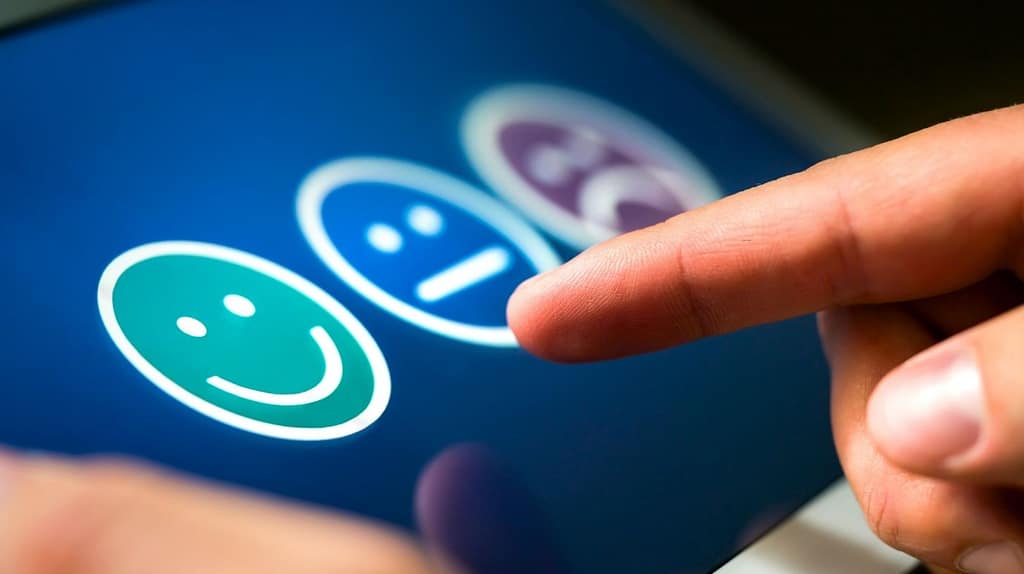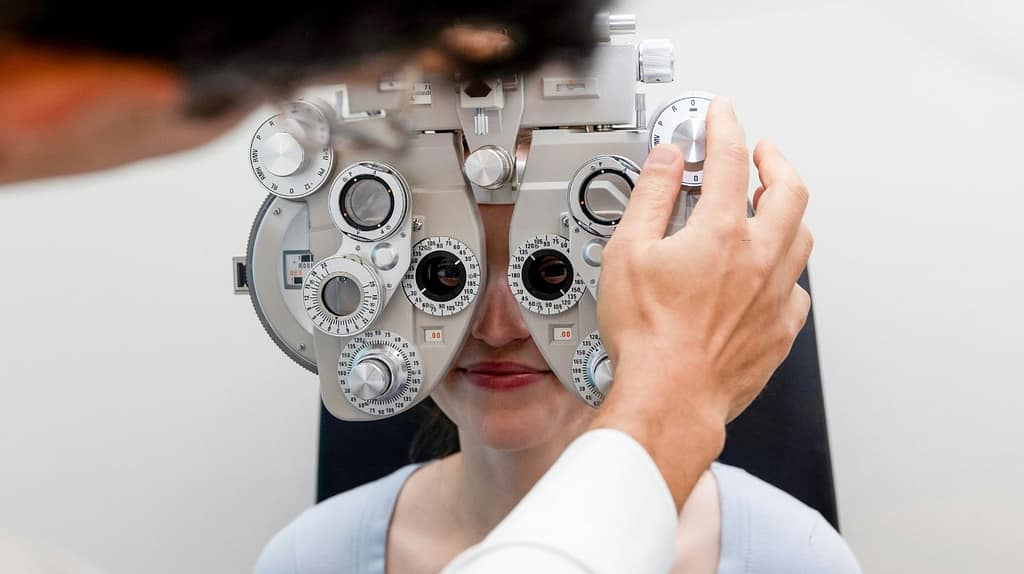In 2025, face scanning for glasses fitting has surged in popularity, promising a precise, comfortable, and seamless experience for eyewear shoppers. But is it all tech sparkle, or does it really deliver value? This article explores every angle of this trend—from the underlying technology to real user feedback—to answer the question: Is face scanning for glasses fit actually helpful in 2025?
The Evolution of Eyewear Fitting Technology

From Manual Measurements to AI-driven Fit
Traditionally, fitting glasses involved a trained optician manually measuring the pupillary distance (PD), bridge width, and temple length. It worked—but it wasn’t flawless. With AI and mobile-based sensors becoming mainstream, the eyewear industry now leverages digital tools to enhance precision.
Milestones in Optical Tech Leading to Face Scanning
Key turning points include the launch of AR-based try-on apps in the late 2010s, followed by major advancements in smartphone depth sensors and LiDAR tech, allowing real-time 3D facial scans. In 2025, face scanning has reached a point where it’s not just a novelty—it’s becoming the standard.
How Face Scanning for Glasses Works
The Role of 3D Mapping and Facial Recognition
Face scanning uses advanced 3D cameras (often embedded in smartphones or tablets) to create a digital map of the user’s face. This includes measurements of the nose bridge, cheekbone curvature, eye position, and even temple alignment.
Algorithms Behind the Perfect Fit
Once scanned, AI algorithms compare your facial features against a vast database of frames. The system then suggests frames that best align with your face’s structure, providing a custom-tailored experience.
Benefits of Face Scanning in 2025
Increased Accuracy in Frame Selection
By using precise biometric data, face scanning significantly reduces guesswork. Frames that are too tight or too loose are automatically filtered out, ensuring a near-perfect fit every time.
Enhanced Comfort and Wearability
A well-fitted frame reduces pressure points, slippage, and nose pad imprints—issues that many wearers deal with daily. Users report feeling more comfortable wearing glasses for extended periods.
Faster and Contactless Fitting Process
In an era where speed and hygiene matter, scanning eliminates the need to try on dozens of frames physically. A few seconds of scanning equals hours of in-store trials.
Limitations and Challenges

Accuracy Concerns with Certain Facial Features
Some users with asymmetrical faces or complex facial structures may find the tech occasionally misfires. Children and elderly individuals may also require manual adjustments despite scanning.
Data Privacy and Consent Issues
Scanning your face involves biometric data, and not all consumers are comfortable sharing that. Ethical data handling and compliance with privacy laws like GDPR are now mandatory.
Compatibility with All Frame Types
Not every frame on the market is compatible with digital fitting systems. High-fashion or vintage models often lack the metadata required for accurate suggestions.
Face Scanning vs Traditional Methods
Measurement Accuracy Comparison
Studies show that face scanning methods outperform manual PD measurements by 15-20% in consistency, especially in online purchases.
Customer Satisfaction Ratings
Surveys in 2025 indicate that 72% of users who used face scanning were more satisfied with the fit and style of their glasses compared to those using manual or virtual try-on alone.
Top Eyewear Brands Using Face Scanning Tech
Warby Parker, Ray-Ban, Lenskart, and Others
Leading eyewear brands like Warby Parker, Ray-Ban, Lenskart, and Zenni Optical have integrated face scanning into their online and in-store experiences. Warby Parker’s app uses Apple’s TrueDepth camera for precise scans, while Lenskart employs its in-house AI model, “Lenskart Vision Intelligence,” for recommendations.
Proprietary Technologies vs Open Solutions
While some brands have developed proprietary face scanning platforms, others license open APIs like Vue.ai or Ditto. Proprietary systems offer brand-specific fitting experiences, but open solutions ensure wider compatibility across product lines.
User Experience and Feedback in 2025

Real Customer Reviews
Customer reviews in 2025 highlight significant satisfaction with the technology. Most users appreciate how quickly and accurately they can find suitable frames. One user noted, “The scan got my size spot-on—I didn’t need a single adjustment after delivery.”
Age and Demographic Preferences
While younger users (18-35) adapt quickly to this tech, older generations remain slightly skeptical. However, more seniors are coming around due to the convenience and comfort it offers—especially for those unable to visit optical shops regularly.
Integration with Virtual Try-On Tools
AR Glasses Previews with Fit Suggestions
Face scanning doesn’t work alone—it integrates with augmented reality (AR) to provide virtual try-ons. Users can not only see how they look but also get fit ratings and comfort scores.
Omnichannel Retail Experience
Retailers now combine face scans from mobile apps with in-store experiences. You can scan your face at home and walk into a store, where an associate has already preselected frames tailored to your features.
Cost Implications of Face Scanning Technology
Pricing Models of Smart Optical Services
Most apps offer free scanning as part of their customer experience. However, premium services (like custom lens tinting or facial symmetry correction suggestions) might involve a small fee—typically $5 to $15.
Hidden Costs or Subscription Fees?
Some retailers bundle advanced scanning tools within monthly eyewear subscription plans. Others offer a-la-carte pricing, but the majority avoid locking customers into hidden costs.
Data Protection and Facial Recognition Ethics
GDPR and US Facial Data Laws
Face scanning tech must comply with stringent biometric data regulations. In Europe, GDPR mandates explicit consent, while in the U.S., laws vary by state. Retailers must maintain transparency about data usage.
How Brands Are Handling Biometric Data
Most brands anonymize and encrypt facial scan data. Some even allow users to delete scans after use. Ethical handling of data has become a competitive edge in the eyewear market.
Impact on Online Shopping for Glasses

Reduction in Returns and Exchanges
Poor fit was historically the top reason for eyewear returns. Since the adoption of face scanning, many brands report a 30-40% decrease in return rates—translating to massive savings.
Try-Before-You-Buy Confidence
Customers feel more assured buying online when the product is tailored to their biometric data. This confidence improves conversion rates and boosts brand trust.
AI and Machine Learning in Eyewear Customization
Adaptive Learning from Fit History
Some platforms learn from your preferences and fitting history. If a certain style didn’t fit well last time, the AI avoids recommending similar options in the future.
Predictive Suggestions for Styles
Beyond fit, AI also suggests styles that match your past preferences, face shape, and even skin tone. These predictive tools make the shopping experience feel uniquely personal.
Future Trends in Glasses Fitting Technology
Eye-Tracking and Advanced Biometric Integration
The next frontier includes eye-tracking, allowing your glasses to know where you’re looking—perfect for smart glasses or focus-intensive tasks.
Fully Automated Home Optical Kiosks
Imagine scanning your face, measuring your prescription, and choosing your frames—all from a kiosk at home. This is already in pilot phase by some tech startups.
Is It Worth It? A Consumer Perspective
Pros and Cons for the Average Buyer
Pros:
- Highly accurate fitting
- Saves time and reduces returns
- Enhances online shopping confidence
Cons:
- Privacy concerns
- Not always perfect for complex faces
- Some styles may be limited
Who Should Use It: Tech-Savvy vs Traditionalists
If you’re someone who loves trying new tech and hates in-store shopping, face scanning is your dream come true. But for those who prefer a human touch or have special eyewear needs, traditional fittings still have their place.
Professional Optometrist Opinions

Do Experts Trust the Tech?
Many optometrists are cautiously optimistic. They appreciate the convenience but emphasize that face scanning should complement, not replace, professional fitting and vision testing.
Clinical Accuracy vs Consumer Use
Face scanning is incredibly useful for frame fitting but not for prescription accuracy. Always pair it with a valid prescription from a licensed professional.
Frequently Asked Questions (FAQs)
1. Is face scanning technology safe for personal data?
Yes, most reputable retailers encrypt and anonymize facial data, ensuring it cannot be misused.
2. Can face scanning replace an optician?
No, it’s a tool to assist with frame fitting—not a replacement for professional eye exams or prescriptions.
3. Are there face scanning apps for Android and iOS?
Absolutely. Most major brands support both platforms, though iOS users may benefit from more accurate scans due to advanced hardware.
4. Does face scanning work with sunglasses?
Yes, many tools are optimized for both prescription glasses and sunglasses.
5. What happens if the scanned fit isn’t accurate?
Most companies offer free returns or re-fittings if the suggested frames don’t feel right.
6. How long does a face scan take?
Typically under 30 seconds, with results and recommendations delivered instantly.
Conclusion
Face scanning for glasses fit in 2025 is more than just a flashy tech feature—it’s a genuinely helpful tool that’s transforming the eyewear shopping experience. While not without limitations, its ability to deliver accurate, fast, and comfortable frame fittings makes it a worthwhile innovation for most consumers. As technology advances and data protection evolves, this feature is poised to become a permanent fixture in both online and offline optical retail.

